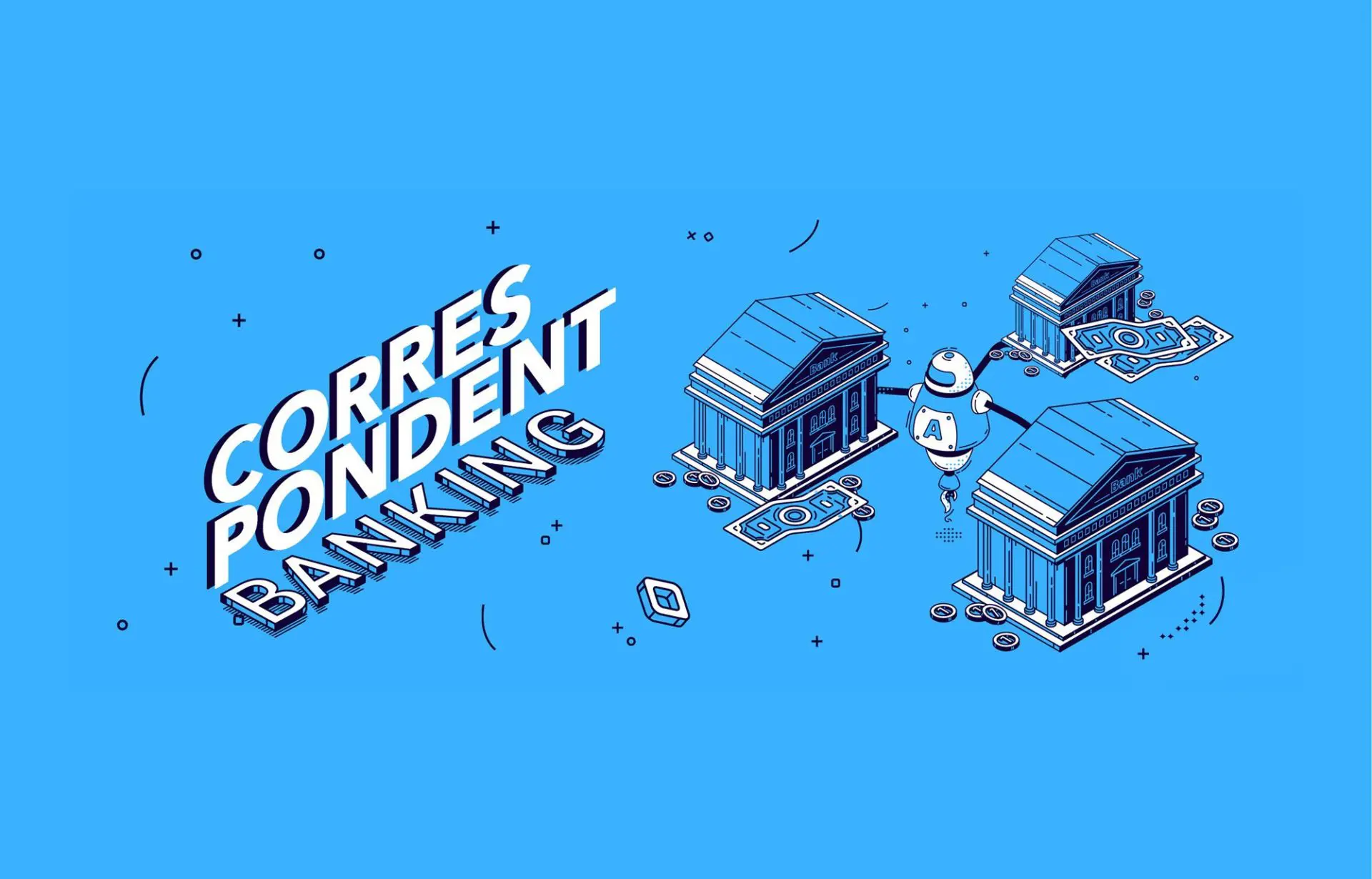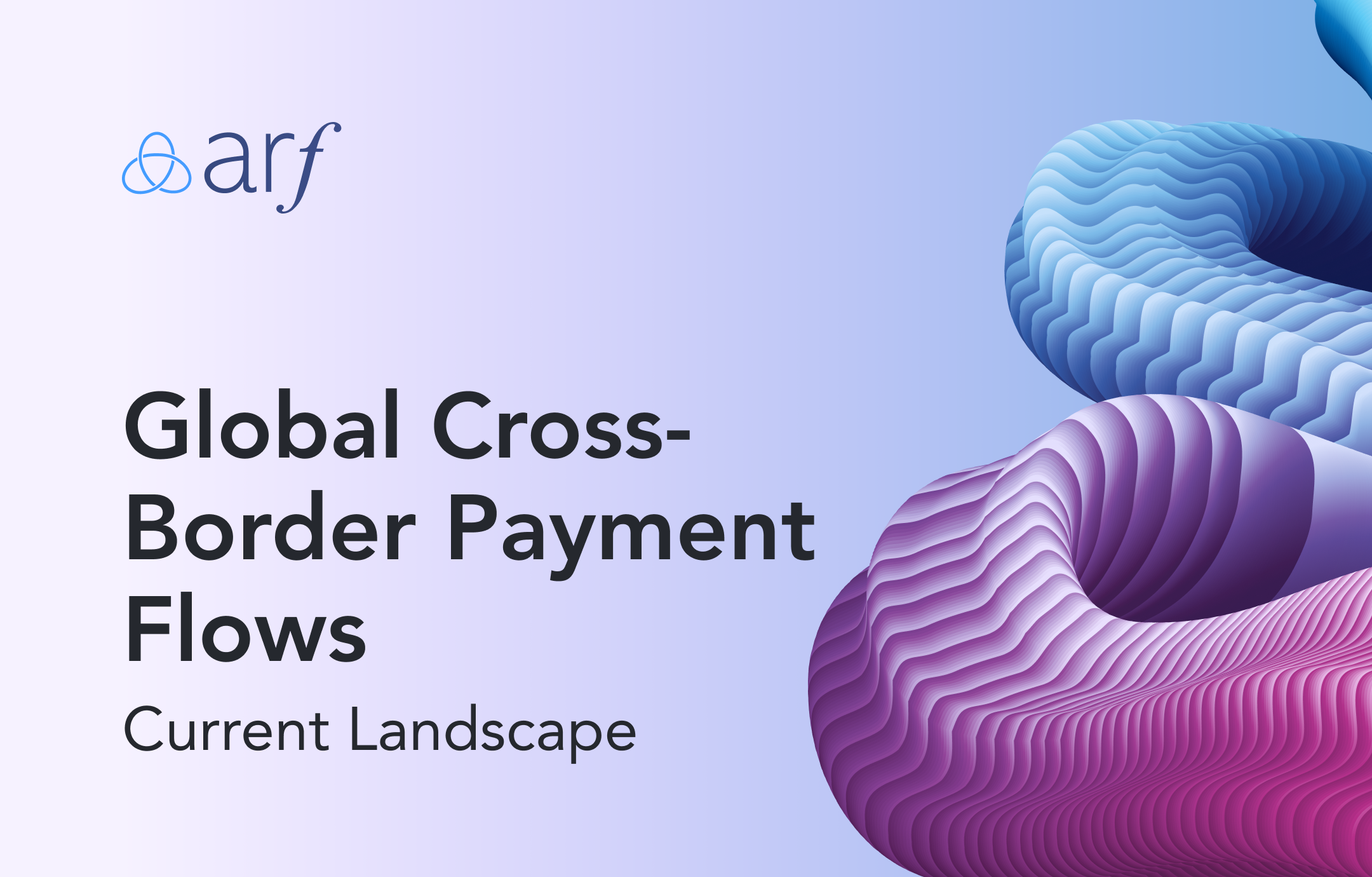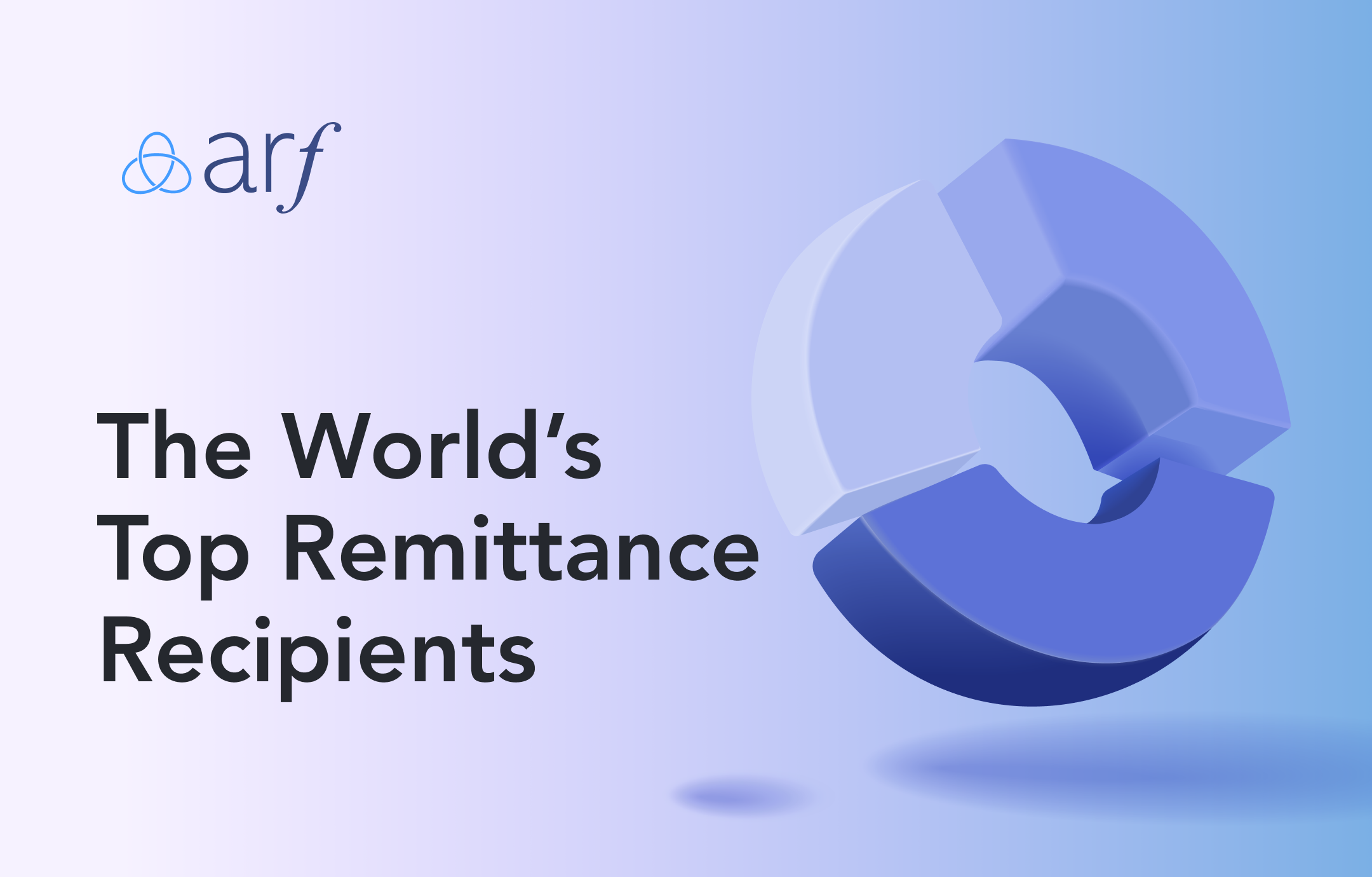Correspondent banking is defined as “agreements or contractual relationships between banks to provide payment services for each other”.[1] In this model, one ‘correspondent’ bank holds deposits owned by other ‘respondent’ banks, and provides payment and other services to those respondents.[2]
Correspondent banking models have been an essential component of the global financial services industry for many years, especially for cross-border payments. Despite their key importance, they are not growing in parallel with the expansion of cross-border transactions. Over the 2010s, correspondent banking relationships have declined by about one-fifth[3], and the corridors dropped by 10%[4].
While policymakers across the globe have focused on understanding the causes of the retreat, the obvious implication is that the current model is not working anymore. Here are some of the main problems of the correspondent banking model:
- Low speed and restricted operating hours: Cross-border payments take up to three working days when multiple intermediaries are involved. In addition, the operating model does not work after hours, on banking holidays or on weekends, which doesn’t comply with the requirements of the 21st century.
- High cost: Cross-border transactions made through correspondent banks make money transfers needlessly expensive, as their service fees broadly depend on respective commercial agreements. The total cost of each transaction includes SWIFT messaging fees, transaction fees, and foreign exchange rates.
- Lack of convenience: It is by nature limited to banks. In today’s highly diverse financial ecosystem, users must be able to easily transfer money across multiple accounts, including all kinds of digital wallets, which is not offered by the current model.
- Limited coverage: Although SWIFT can be used in over 200 countries, each bank’s coverage is constrained by the size of its correspondent banking network. Considering the 20% decline of correspondent banking, the limitations seem to be severe for some.
- Limited accessibility: The current model requires a bank account for each end-user. It is especially a big problem for developing countries with low penetration of bank accounts, as remittance flows are one of the most vital resources for families' livelihood maintenance.
Little transparency of cross-border money transfers was another issue of the standard operating model. However, it was recently solved by SWIFT gpi, which enables banks and end-users to access information on payment status and other details. Whereas payment speeds and transparency for correspondent banks -particularly for larger flows- have improved, the need for transformation in this model remained chronic.[5]
Banks were considered the most rooted and reliable financial institutions in the world until the technological disruption hit. Most of them couldn’t keep up with the speed of disruption in the last decades. As a result, the money transfers remained dependent on correspondent banks, keeping the whole process slow and below its potential.
Some governments have already begun to test new ways of overseas money transfer. In July 2021, Singapore and French central banks tested cross-border CBDC exchange to address correspondent banking’s challenges. The experiment demonstrated that the number of correspondent banks involved in the cross-border payment chain can be reduced, as well as the number of contractual arrangements and the associated costs.[6]
The problematic structure of the correspondent banking model must be collaboratively addressed by governments, regulators, and businesses, to meet today’s speed, low cost, transparency, and accessibility requirements. Alternative fintech solutions positioned above banks offer much faster cross-border transaction services. While low speed remains the current financial system’s biggest problem to tackle, waiting for the correspondent banks to speed up as a strategy is doomed to fail.
[1] The European Central Bank (ECB)
[2] https://www.bis.org/cpmi/publ/d147.pdf
[3] https://www.bis.org/publ/qtrpdf/r_qt2003g.htm
[4] https://www.bis.org/cpmi/paysysinfo/corr_bank_data/corr_bank_data_commentary_1905.htm
[5] https://thepaypers.com/thought-leader-insights/demystifying-cross-border-payments-history-challenges-and-the-road-ahead--1250699
[6] https://www.finextra.com/newsarticle/38444/singapore-and-french-central-banks-test-cross-border-cbdc-exchange?utm_medium=dailynewsletter&utm_source=2021-7-14&member=131602





